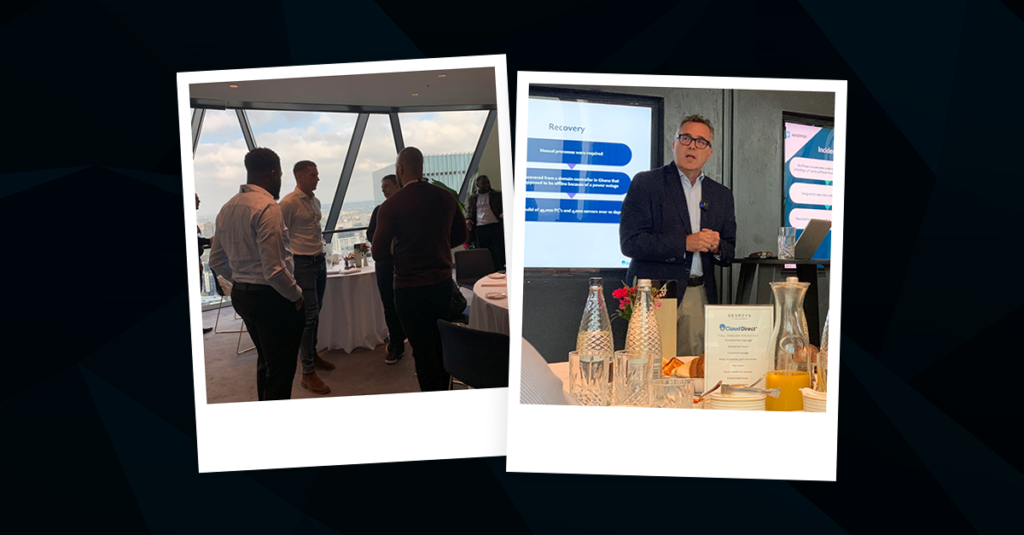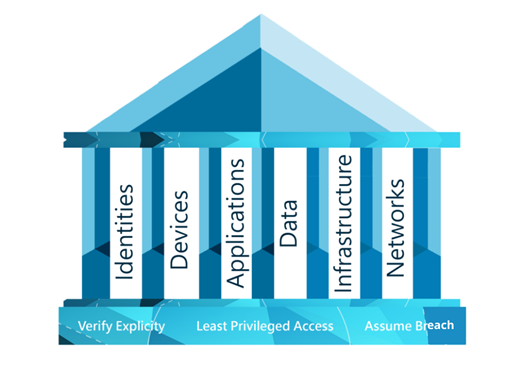
Are you thinking of choosing a new, more cushioned loo roll brand for your business lavatories? Are you planning to trawl the Pacific just as a team of South African hustlers fly overhead with an old Russian plane full of skittish cattle?
These are glimpses of two of “Five weird and wonderful stories of business continuity” that I shared during my keynote session at Microsoft’s annual European conference: Future Decoded.
Here, I’ll share with you a few personal take-aways from the event, plus a brief synopsis of my presentation: “How cloud solutions are essential to your Business Continuity & Disaster Recovery (BCDR) strategy”.





